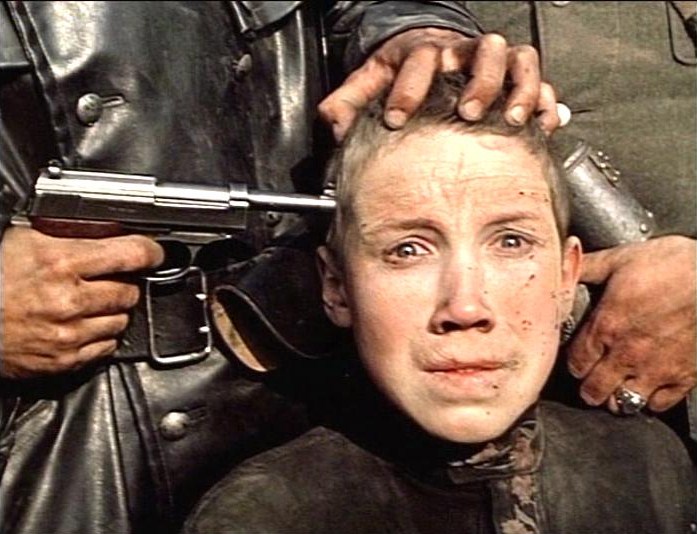
War is hell and since its beginning, cinema has tried to replicate the horrors experienced by those who have witnessed it. From the perspective of soldiers, civilians, prisoner’s of war, leaders and children, both biographical and fictional and under many sub-genres. Those that have had the fortune to never experience war manage to gain a glimpse.
Since the end of World War II, the United States and United Kingdom have enjoyed dominance over the genre. From The Bridge on the River Kwai to Lawrence of Arabia, Saving Private Ryan to Black Hawk Down, Apocalypse Now to Platoon, American Sniper to Lone Survivor, both countries have had the talent and budgets to produce some of the greatest war films ever made.
However, this has not stopped other countries from trying to break into this market. While some have produced smaller stories with smaller budgets, others have tried to beat Hollywood at their own game.
Whether it is through large scale re-enactments of famous battles, to smaller personal stories, these 20 films have proven that Hollywood may have dominance over the genre, but it certainly does not own it.
The films selected range from different time periods: some as far back as post-World War I and as recent as the War on Terror. Films on the list do not have to speak a foreign language, such as those from Canada and Australia, but if they are Hollywood funded films of foreign wars (Enemy at the Gates), then they do not make the cut.
20. Kokoda (Australia)
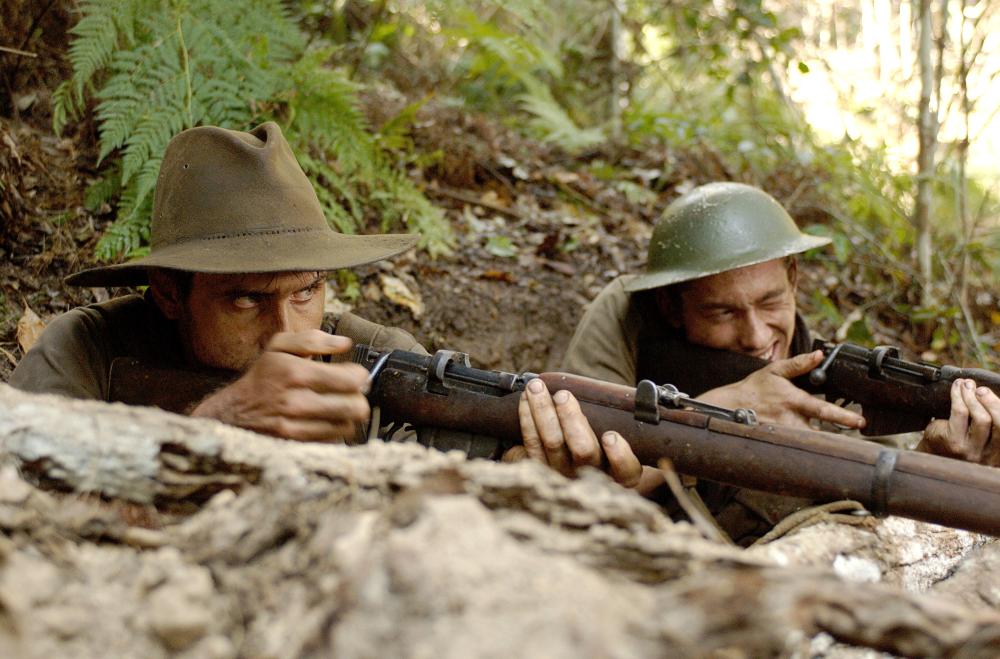
As an Australian, making your feature film debut about one of the most significant battles in the country’s history is a real risk. However, director Alister Grierson took no notice of this and produced one of the country’s finest war flicks.
1942 was a bad year for the Allies. With the British focused on Europe and America regrouping after Pearl Harbour, Japan had reached as far south as Papua New Guinea by mid-1942. The only thing stopping them from reaching mainland Australia was an untrained militia, mostly made up of conscripts deemed unfit for war, and a 60 mile track named Kokoda.
Working with only a limited budget, Grierson decided to focus on one fictional platoons experience along the Kokoda track. Sent on a recon mission, they are quickly cut off by a Japanese ambush. Forcing them to navigate across the harsh terrain, all the while being hunted by a ghost like enemy.
Grierson makes the enemy invisible, they appear and disappear into the jungle, creating a claustrophobic environment out of a open battlefield. They hide behind camouflaged masks and ghillie suits, appearing like ghosts before inflicting gruesome deaths on unsuspecting soldiers.
19. 9th Company (Russia)
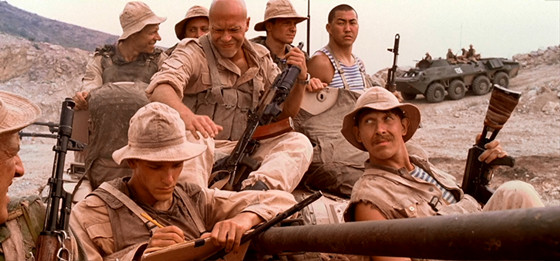
Commonly known as ‘Russia’s Vietnam’, the Soviet-Afghan War was one of the most devastating conflicts for the nation since the Second World War. Conventional battle tactic quickly collapsed as the well trained and battle hardened Mujahedeen (armed with US equipment) brought the Soviet military to standstill in a ten year long insurgency.
Director Fedor Bondarchuk, like Kubrick with Full Metal Jacket, takes us on a journey into the hearts and minds of the Soviet Union’s youth as they are lead off to war. Beginning with basic training in Uzbekistan, they are indoctrinated by their brutal drill instructor, Dygalo, who makes Sergeant Hartmann from Full Metal Jacket look like a scout master.
Bondarchuk effectively catches the heat, boredom, violence and insanity of the final war of the Soviet Union. Mostly it depicts the futility of war as the Company is tasked to defend a nameless and seemingly worthless hill from waves of Mujahedeen fighters.
The West has been used to the villainous depiction of Soviet troops, especially in Afghanistan, where they become canon fodder for the likes of James Bond (The Living Daylights) and John Rambo (Rambo III). Here, they are simply kids sent off to die in a war they do not understand at all.
18. Passchendaele (Canada)
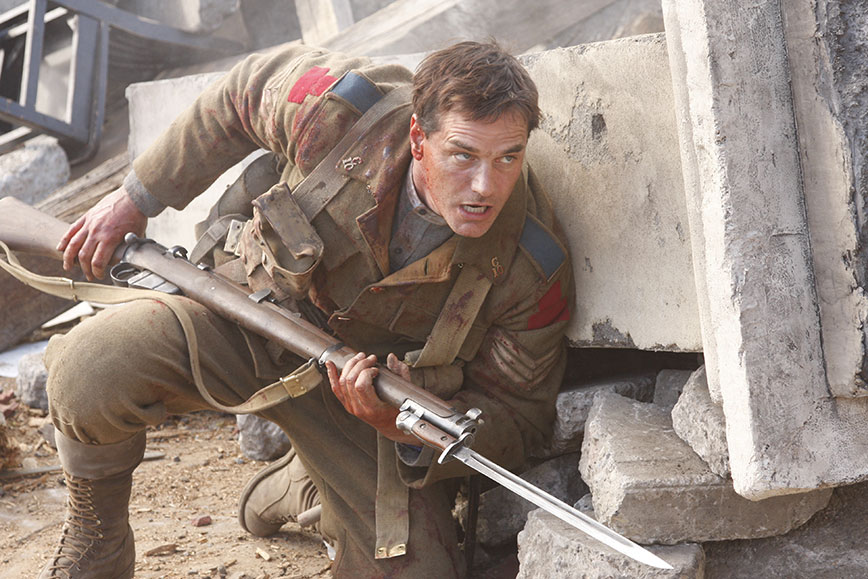
In Canada, Paul Gross is best known for his role as Royal Canadian Mounted Police Constable Benton Fraser on the crime comedy Due South. However, Gross used his influence and fame to create one of the best war films to come out of Canada.
Gross wrote, directed, produced and starred in the war epic, depicting the conflict from the perspective of Michael Dunne, a war hero and veteran of the Battle of Vimy Ridge, who returns home after the death of his squad. Used for propaganda, he is forced to return shortly before the Battle of Passchendaele.
While the film gets bogged down in a unnecessary love story, one cannot doubt Gross’ ability to direct a war scene. The climatic battle with Dunne leading a band of ragged Canadian soldiers against a German Battalion brilliantly depicts the horror of trench warfare, especially hand to hand combat.
When rifles and bullets are no longer useful, both sides resort to whatever they have: knives, bayonets, clubs, shovels, rocks even their bare hands.
The battle’s finale, culminating with the symbol of the crucified soldier, is based on the legend of a Canadian medic nailed to a barn by German soldiers. A symbol, like the death of Jesus for humanity, of the soldier’s sacrifice for his country.
17. Armadillo (Denmark)
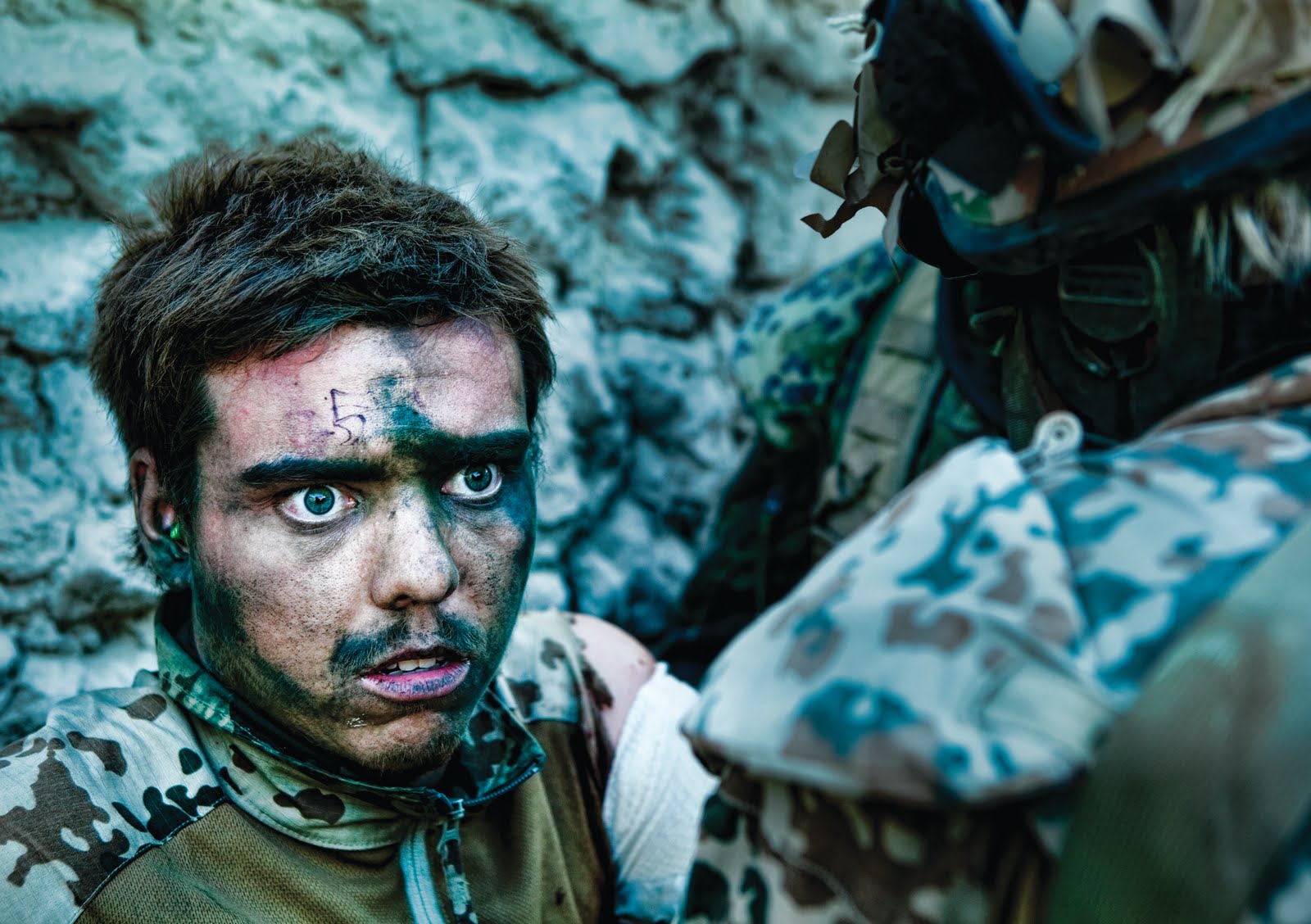
A documentary that caused a stir in its home country upon release as it possibly depicted members of Denmark’s Guards Hussar Regiment, the subjects of the film, executing dying Taliban after a fire fight. An investigation was called but the Guards were cleared of any wrong doing.
The film, however, is more than just a controversy. Like its American counterparts, Restrepo and Korengal, Armadillo is a stark, brutal and honest portrayal of war, especially for the Danish contingent, based in the Helmand Providence and suffering one of the worst casualty rates of any coalition member.
Director Januz Metz Pederson embedded himself with the Guards Hussar throughout their deployment, whether it is down on the ground taking fire in Afghanistan, or observing their rituals before deployment. The stark contrast between the men spending time with their families and partying with strippers portrays the duality of their lives: one filled with order, the other filled with chaos.
Armadillo remains one of the most honest and intimate portrayals of conflict. Pederson never turns his camera’s glare away, we see what they see.
16. Lebanon (Israel)
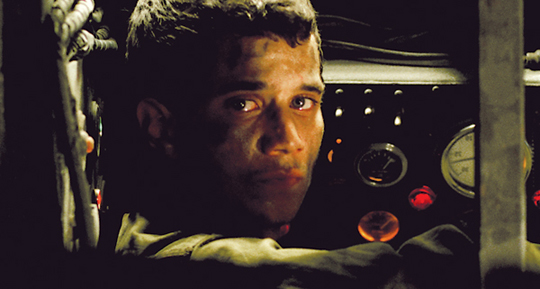
Israel’s film industry is in a unique position: nearly all of their filmmakers have served in the Israeli Defence Force at some capacity in their lives. Since the nations founding in 1948, military service is compulsory for all Israelis meaning that, as a whole, the entire nation carries the scars of its past conflicts.
Director Samuel Moaz is no exception. The Tel Aviv native served in the IDF during the 1982 Lebanon War where Israeli forces invaded Southern Lebanon, fighting against the Palestine Liberation Organisation (PLO), Hezbollah and Syria. Moaz served as a gunner in an IDF tank, placing him on the frontline of the controversial war. Out of the many directors that tackle the genre, Moaz is one of the few that has lived it.
Taking a Das Boot approach to tank warfare, Moaz crams his actors and camera into a tank as one of the first units to cross the border. Not only do the crew have to deal with external threats from car bombs and mortar attacks, they must co-exist within the confines of the tank together.
Claustrophobia, fear, paranoia and anger constantly threatening to overwhelm them. Their only link to the outside world is a sympathetic infantry officer and an eye piece that catches a glimpse of violence followed by a glimpse of humanity.
This film is not Fury. There are no epic battles, only moral dilemmas. Acting on these can result in civilian casualties. Failing to act can kill their own men. Moaz wishes to remind us that behind these war machines are kids who are scared out of their minds.
15. Stalingrad (Germany)
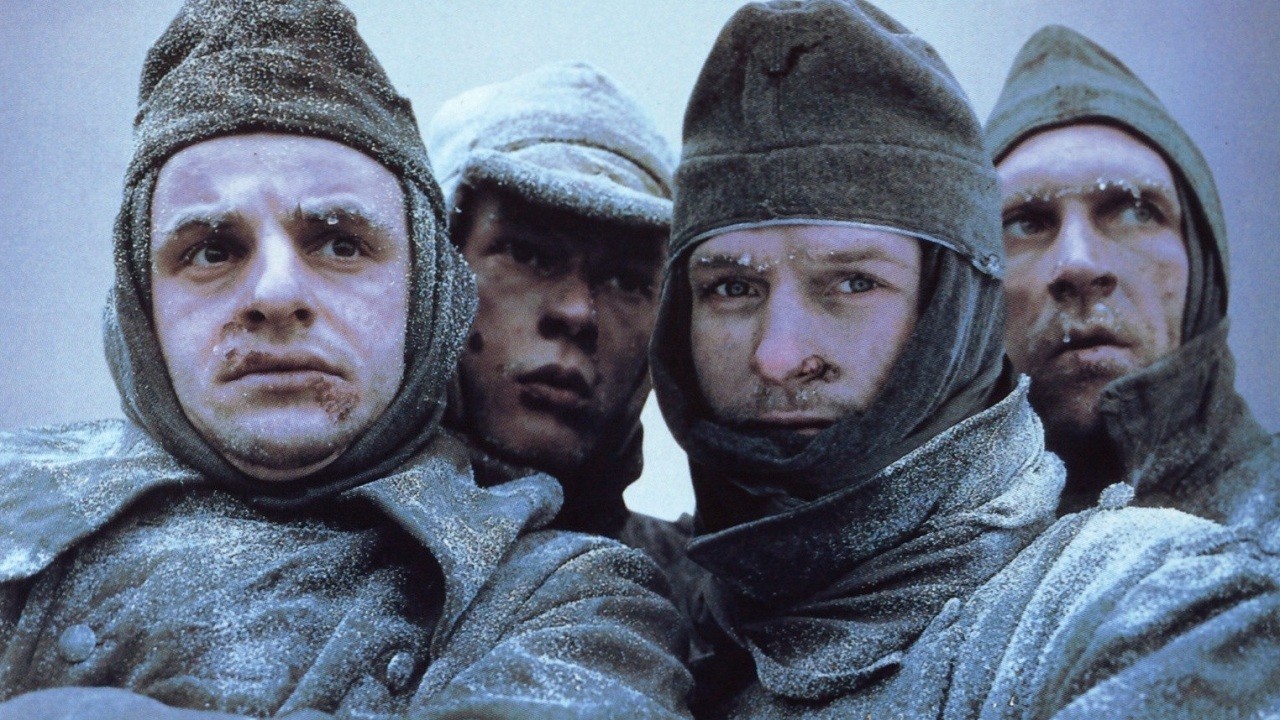
In Russia, the Battle of Stalingrad represents the turning point of the war for the Soviet Union. For Nazi Germany, it was the beginning of the end. Within two years of the battle, the Red Army had entered Berlin and laid siege to the Reichstag.
Enemy at the Gates showed us the battle from the perspective of the Russians (with English and American accents) fighting against evil Nazis. Director Joseph Vilsmaier focuses on the impact the battle had on German soldiers, many young boys sent off with promises of glory and a easy victory, betrayed by their own nation.
Vilsmaier clearly wants the world to know that the Nazis had many victims, including Jews, Gypsies, Poles, Slavs, Homosexuals and Communists, but there is one victim that the Nazis are never criticised for: the German people. Millions of young Germans were sent off to war, some volunteers, others conscripts. Many of them dying or being left to rot in Soviet POW camps.
Unlike the Russian film of the same name, which is fiercely patriotic and shot like a piece of classical art, this film is ugly. The cold, harsh white winter takes centre frame and our protagonists not only witness evil, they are sometimes forced to participate.
In the West, nations often mourn the loss of a generation of young men from war. For Germany, they not only lost a generation of young men, they lost their innocence.